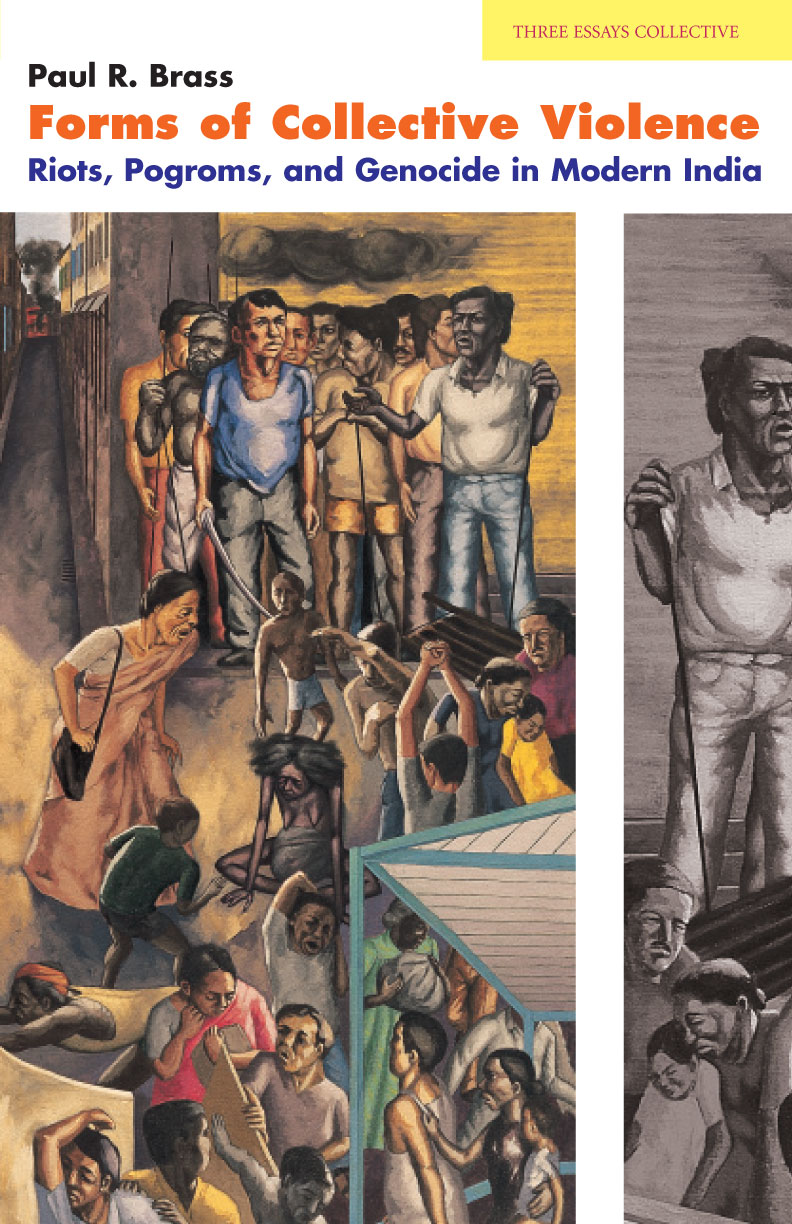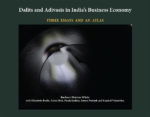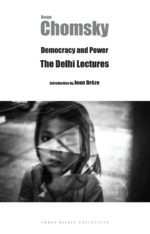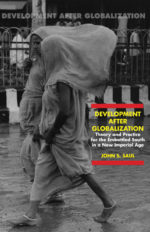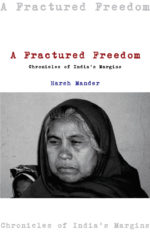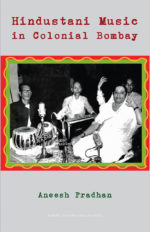Description
These essays focus on the various forms of collective violence that have occurred in India during the past six decades, which include riots, pogroms, and genocide. It is argued that these various forms of violence must be understood not as spontaneous outbreaks of passion, but as productions by organized groups. Moreover, it is also evident that government and its agents do not always act to control violence, but often engage in or permit gratuitous acts of violence against particular groups under the cover of the imperative of restoring order, peace, and tranquility. This has certainly been the case in numerous incidents of collective violence in India where curfew restrictions have been used for just such purposes. In this context, secularism constitutes a countervailing practice, and a set of values that are essential to maintain balance in a plural society where the organization of intergroup violence is endemic, persistent, and deadly.
CONTENTS
PREFACE
- On the Study of Riots, Pogroms, and Genocide
- The Partition of India and Retributive Genocide in the Punjab, 1946–47: Means, Methods, and Purposes
- The Development of an Institutionalized Riot System in Meerut City, 1961 to 1982
- Collective Violence, Human Rights, and the Politics of Curfew
- Indian Secularism in Practice
Cover: Riot by Sudhir Patwardhan. 1996. Acrylic on Canvas. 153 x 84 cm. Collection: National Gallery of Modern Art, New Delhi. Image courtesy Sudhir Patwardhan.
Paul R. Brass
Paul R. Brass is Professor (Emeritus) of Political Science and International Studies at the University of Washington, Seattle. He has published fifteen books and numerous articles on comparative and South Asian politics, ethnic politics, and collective violence.

